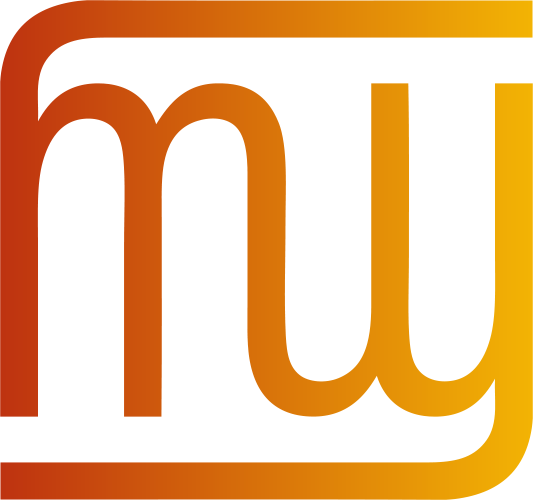 The W3C Internationalization (I18n) Activity works with W3C working groups and liaises with other organizations to ensure Web technologies work for everyone, regardless of their language, script, or culture.
The W3C Internationalization (I18n) Activity works with W3C working groups and liaises with other organizations to ensure Web technologies work for everyone, regardless of their language, script, or culture.
From this page you can find articles and other resources about Web internationalization, and information about the groups that make up the Activity.
Read also about opportunities to participate and fund work via the new Sponsorship Program.
What the W3C Internationalization Activity does
Selected quick links
Selected quick links
Selected quick links
Проверка заголовков
Thanks to the Russian translation team, WTB Language Group, the FAQ-based article “Checking HTTP Headers” has now been translated into Russian(language negotiated). This is our first Russian translation.
Set di caratteri di un documento
Thanks to the Italian translation team, WTB Language Group, the FAQ-based article “Document character set” has now been translated into Italian(language negotiated).
Teckenkodningar
Thanks to Olle Olsson, SICS, the article “Character encodings” has now been updated in Swedish (language negotiated).
Les codages de caractères
Thanks to Jean-Jacques Solari the article “Character encodings” has now been translated into French (language negotiated).
Specifying Language in XHTML & HTML Content
The Internationalization GEO (Guidelines, Education & Outreach) Working Group has published an updated Working Draft of Internationalization Best Practices: Specifying Language in XHTML & HTML Content. Part of a series designed for authors, the document is an aid to specifying the language of content for an international audience.
The title has been changed to reflect that these are ‘Best practises’ rather than ‘Techniques’, and the content and format has been substantially reworked. In particular, the term ‘primary language’ has been replaced with references to the ‘language of the intended audience’.
Kto używa Unicode?
Thanks to Tłumaczenia dokumentów Team the FAQ-based article “Who uses Unicode?” has now been translated into Polish (language negotiated).
Character encodings
Over the past 6 months for this article we have had an average of over 40 feedback ratings per month. Based on this feedback, substantial changes were made to this article so that it is more accessible to content authors, designers and people who are learning to use HTML or XML technologies. It was also positioned more clearly as a starting point and summary of information, rather than being all you need to know.
Translators should consider retranslating the whole article.
Lokalizacja versus internacjonalizacja
Thanks to Tłumaczenia Dokumentów Team the FAQ-based article “Localization vs. Internationalization” has now been translated into Polish (language negotiated).
New article: CSS3 and International Text
The CSS3 modules currently in development will introduce a large number of properties designed to support non-Latin text, from vertical script support to kashida justification, from ruby positioning to list numbering. This article will give you a glimpse of some of the properties that lie in store, and discuss how you can help to make these improvements a reality.
Setting the HTTP charset parameter
We have had over 220 feedback ratings on this article, including 23 comments. Based on this feedback, this document was reformatted and had some changes to content.
From the feedback responses it was very clear that non-developers coming across this page (and a few developers) were confused by it. Redirects and clarification about the content and intended audience have been added to address that.
The title was slightly changed from ‘The HTTP charset parameter’ to ‘Setting the HTTP charset parameter’, and there were some tweaks to the code samples.
Translators should consider retranslating the whole article.